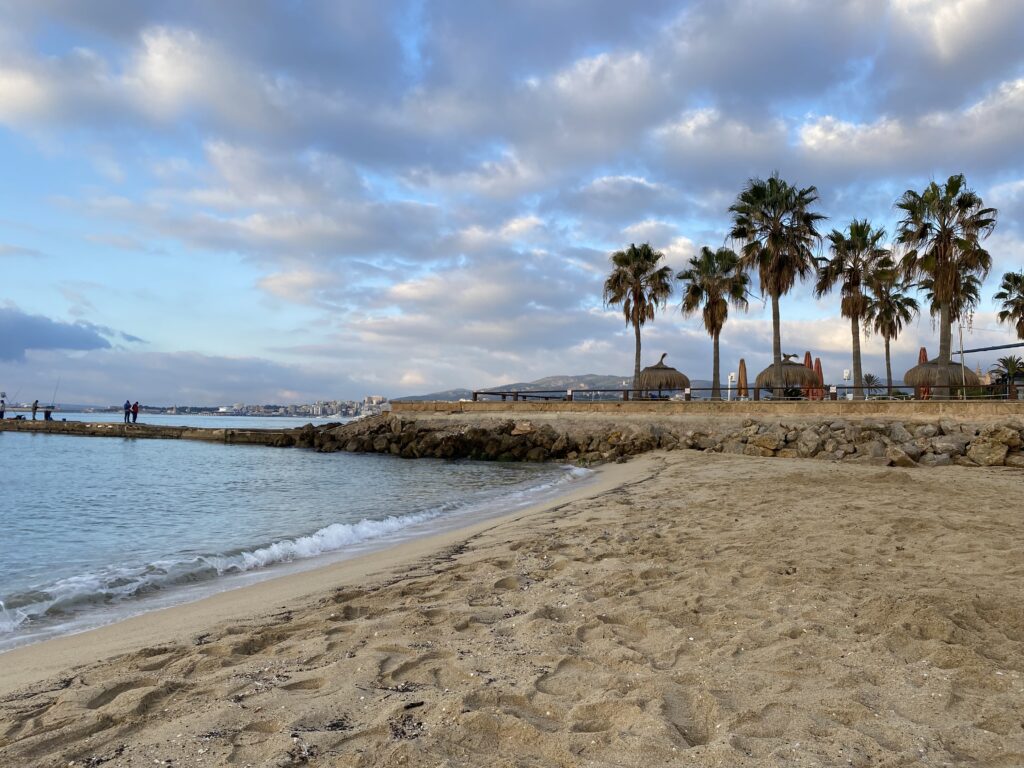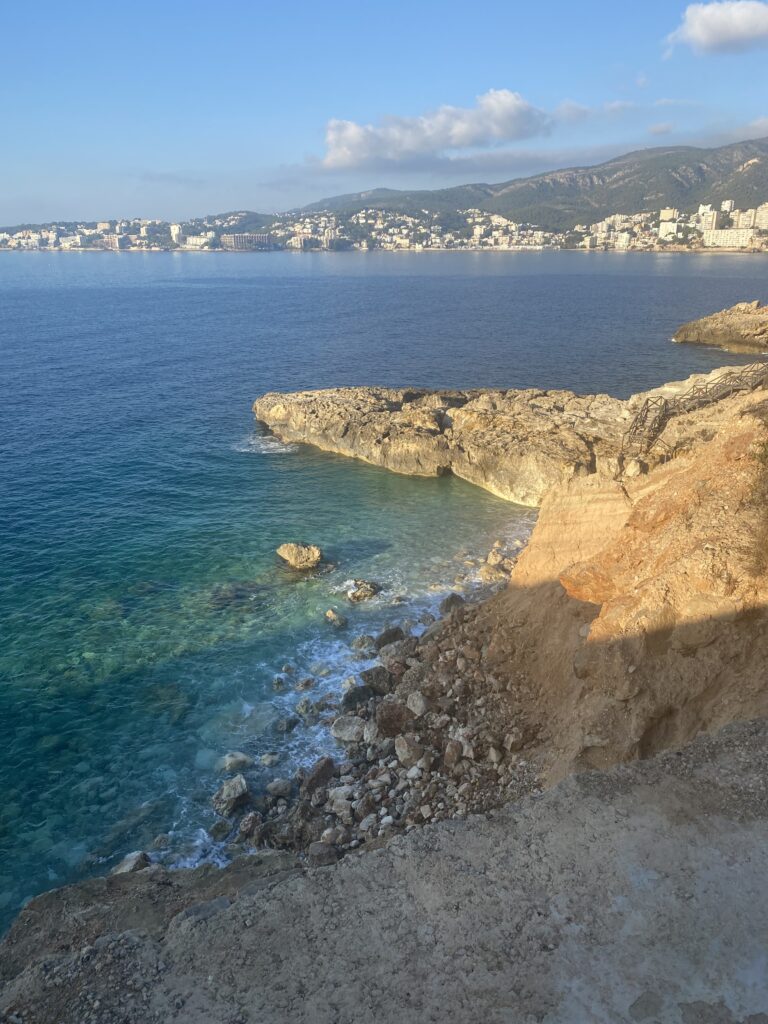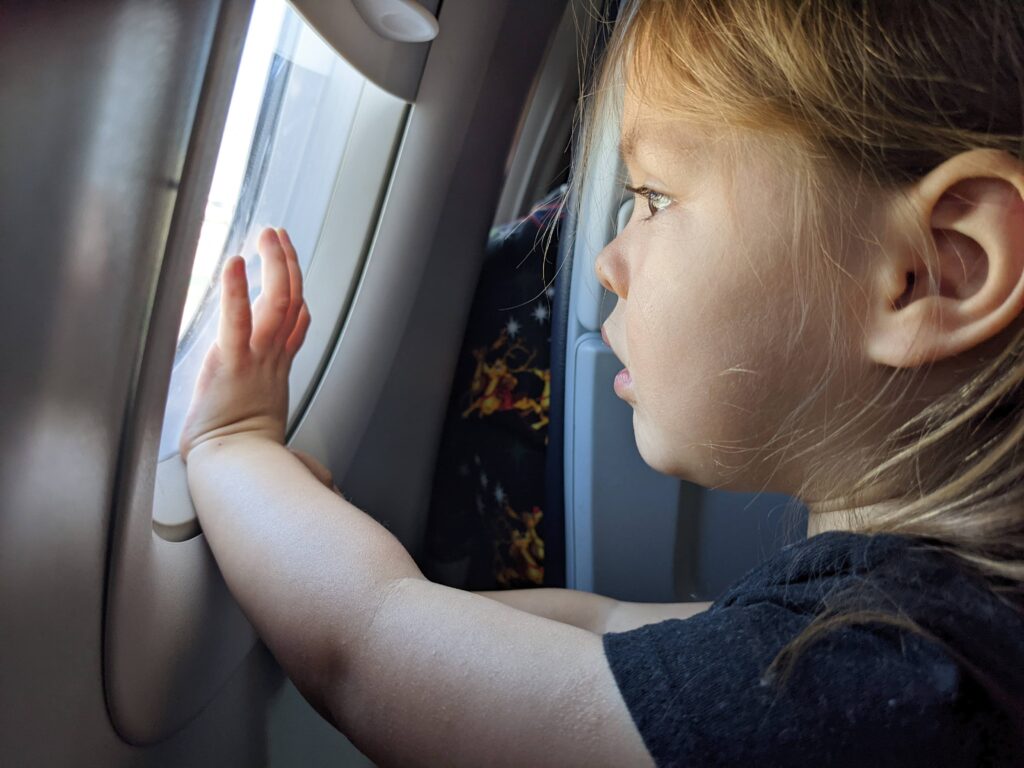At Live Bold, we believe every family adventure should leave lasting memories—not a heavy footprint. That’s why I’m thrilled to share this thoughtful guest post from Alexandra of MyGreenTrips.com. Whether you’re planning a cross-country road trip or hopping over to Europe, she’s packed this guide with practical ways to plan eco-friendly family travel and make your travels greener, easier, and more meaningful. From eco-lodges to low-waste lunches, here’s how you can raise little explorers who care deeply about the world they’re discovering. 🌍
Family travel is a great way to bond with your kids, explore new places, rediscover ones you’ve visited, and learn new things together. But planning logistics, booking hotels, and packing with sustainability in mind can easily seem overwhelming, especially at first. Here, it’s important to understand how green travel works and what simple steps will help you make a difference within your budget and time limits.
The good news: you don’t have to sacrifice comfort or joy to respect the planet and reduce carbon emissions. With just a few small changes, your holidays can be both fun and environmentally friendly. Because the planet deserves to be cuddled, too. Here’s how your family adventure can become more meaningful, responsible, and inspiring.
Why Sustainable Travel with Kids Matters
Traveling with kids is a great chance to explore the world and learn together, but also break out from the routine. With the ongoing climate change, it’s important to keep your carbon footprint as light as possible, and sustainable travel practices ensure that places we visit today are still around for future generations.
From watching wildlife in their natural environment to volunteering to support local communities, sustainable tourism allows children to see both the world’s challenges and its beauty. These immersive experiences, however small they are, can spark curiosity, develop a sense of responsibility, and help build empathy.
On the bright side, green tourism is quite rewarding. Slowing down allows families to explore the destination much better, learn about the local traditions, and even participate in some cultural events and festivals.
You will also see and understand things that tourists might miss. For example, traveling off-season allows you to explore destinations when they are the least crowded and offer more opportunities to contemplate nature as is.
Finally, sustainable travel can also come cheaper in the end, if you combine eco-lodges with smart packing, focusing on essentials, and so on, instead of giving in to the typical fear of missing out.
Sustainable Travel Accommodation
A little planning in advance can go a long way, especially at first. Accommodation accounts for 6% of the greenhouse gas emissions from tourism, so booking a green stay is one of the most effective steps to reduce this number. Platforms like Ecobnb and EcoHotels feature hotels that use renewable energy, recycle waste, source organic food, and more. Choosing eco-friendly accommodations on Booking.com and other popular platforms is also possible by setting a green filter.
To ensure the hostel or hotel chains are truly sustainable, look for trusted global labels like Green Key and Travelife or more specific certifications, such as Green Global and Green Seal in the United States or EU Ecolabel and GreenSign in Europe. Getting such a label is often hard and requires the hotel to invest in sustainable development, so it’s not just a fancy badge but a real way to reduce your carbon footprint.
Another approach could be to book homestays on Airbnb or small boutique hotels, run by local people. They are often more authentic and reflect the local culture much better. Bonus points if you have access to a kitchen so you can cook a few meals for the family and reduce food waste.
And most importantly, try to involve your kids in the process. Explain to them how you’re reducing your environmental impact and encourage them to ask questions. These moments can give little ones a better understanding of how their actions matter.
Eco-Friendly Transportation
Today, transportation is one of the main sources of carbon dioxide emissions. Ensuring greener logistics will allow you to minimize your environmental impact.
When traveling long distances, consider booking direct flights to minimize takeoffs and landings, accounting for the major part of emissions during a flight. For shorter distances, a train, bus, or a shared car ride is more energy-efficient than taking a taxi.
And if you’re planning to rent a car, look for electric or hybrid models—they’re increasingly available in many destinations.
Every small step—like skipping the car for unlicensed transportation—adds up.
Sustainable Packing Tips for Families
The final step before embarking on a journey is packing your bags. Sustainable travelers pack smart and with intention, so their suitcases are kinder to the planet.
One of the main steps is to ditch single-use items and bring reusable water bottles, cutlery, food containers, etc. This will help cut down on food waste and eliminate plastic use.
Consider bringing eco-friendly travel products and toiletries, such as solid shampoo, lotion, and soap bars. You can also buy a bamboo toothbrush and biodegradable baby wipes. If you’re planning for a beach holiday, change your sunscreen for a reef-safe one to protect marine life.
As for clothes, try to pack light and choose items that combine well with one another. You will save on luggage costs and reduce fuel consumption during travel.
If you’re unsure at some point, ask yourself the “Reduce, Reuse, Recycle” questions:
- What can I get away with not taking?
- What reusable items can I bring?
- And what can I bring that can be recycled later to minimize waste?
Eat Green While You Travel
Shopping at local groceries and farm markets will provide you with fresh, organic food and help support local businesses. It also reduces the emissions from transportation in the area, as all products are sourced from local gardens and don’t have to travel long distances to your plate. Local and seasonal foods are also fresher, more nutrient-rich, and often contain fewer preservatives.
If you’re planning to eat out, bring along a zero-waste lunch kit to take leftovers with you and reduce waste. It’s a win-win for everyone.
And perhaps most importantly, eating locally instead of international restaurant chains is one of the best ways to taste the local cuisine.
Sustainable Activities for Families
There are plenty of fun activities that have educational value, and promote sustainability on family vacations. Connecting with nature is one of the best ways to do so, for example, by going on a hike, cycling, watching wildlife in its natural habitat instead of traditional zoos with limited space for animals, exploring national reserves and parks, and more. These experiences are often inexpensive, while the funds raised are used to support the area and community.
Volunteer projects like beach clean-ups or tree planting are hands-on opportunities for children and adults alike to make a positive impact. Many destinations offer such opportunities, ranging from a couple of hours to several days, and more and more of them provide special activities for kids. You can find projects and learn about conservation efforts in the US and around the world on platforms like Patagonia.
A fun experience for the whole family can be visiting a local farm. Children will be excited to meet farm animals, play in the garden, and try local, homemade dishes.
Here are some more eco-friendly family activities to explore:
- Visiting museums and finding dinosaur fossils
- Making organic candles and pottery
- Climbing up trees
- Picking vegetables on organic farms
- Crafting with natural materials
- Picking up mushrooms and berries in the forest
- Tobogganing in winter
- Learning to ski or snowboard
Participating in social and cultural events can also be an enriching experience. It will help get insights into the local culture and grow a deeper appreciation for what you learn.
How to Involve Kids in the Sustainable Journey
To help kids learn about sustainability from an early age, make sure to involve them in travel planning and explain how your choices create meaningful travel experiences.
A great idea to make your sustainable trip engaging can be by creating a travel journal for eco-discoveries. Ask your kids to write about the animals and plants they see and any green practices they participate in.
Storytelling can also go a long way to teach children sustainable travel. For example, explain recycling practices through fun stories with the help of colorful books.
Another way is to set a reward system for green habits. For example, each time your kid saves energy, you can assign them extra points that can later be turned into something meaningful for your child. Kids love rewards.
As you travel, take time to bond and reflect together. It can be as simple as sharing impressions about a place or asking each other questions to reflect on what you’ve learned. The goal is to spark curiosity, explain the benefits of kind treatment of the planet, and grow a conscious approach.
Conclusion: Let Every Trip Teach Something Good
Traveling as a family sustainably can be fun and rewarding without breaking the bank. Start with small steps, such as spending a few more days in your destination instead of rushing through cities. Whenever possible, try to connect with locals and learn more about the place you’re visiting. Explore eco-friendly hotels and prioritize public transport when you can. The most important thing is to have fun along the way, especially for kids. Thus, children develop positive memories and will be more likely to travel green, preserving our planet for future generations.
Alexandra is passionate about sustainable adventures that benefit everyone. When she’s not writing, you’ll find her hiking mountains or strolling along beaches, curious about the stories and traditions of local cultures and people. Join her on MyGreenTrips.com as she explores how to enjoy meaningful, responsible travel that respects both our planet and its people.








